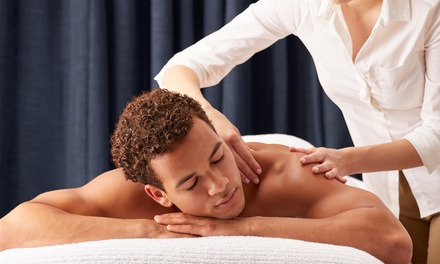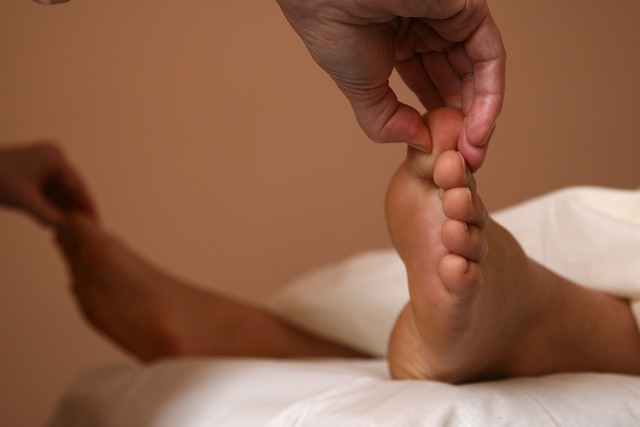If you have ever suffered from knee pain, you are certainly familiar with the benefits of rest. Rest is important in reducing swelling and preventing future injuries. It allows tissues to heal. It can cause muscle weakness and painfully stop all movement. Ice can be applied to the knee to prevent further damage. Wrap a piece ice in a towel and apply it to your knee several times during the first 24 hours. Avoid directly putting ice on the skin. Another great treatment option is compression. Knee support sleeves and wraps improve the comfort of the knee. Make sure they are not too tight.
Apply ice to the knee
Apply ice to the knee for at most four hours if the pain is severe. To reduce swelling, a bandage can be applied to the knee or an ice pack. You can also take supplements containing glucosamine/chondroitin sulfate to reduce the pain. Ice Massage Jeddah may not be effective in all cases. It may harm nerves and skin, so use it with caution.
knee joint

The knee joint can also be protected by strengthening the muscles of the front and rear thighs. Although this may seem obvious, regular exercise and strengthening of the quadriceps muscles can be a great way to relieve pain. In addition to exercises, you can also try avoiding activities that exert too much force on the knee. Walking or hiking is fine, but don’t overdo it. Poor knee exercises can lead to injury. You can also use a variety physical therapy exercises to reduce your knee pain.
physical therapy
Another option to treat knee pain is physical therapy. The quadricep muscles can be strengthened to reduce pain and improve mobility. Physical therapy can also strengthen weak muscles in your knee and prevent further injury to the joint. Don’t ignore your doctor’s advice! If you have knee pain, you need to act quickly. If you have trouble exercising, see a physical therapist.
Besides stretching and strengthening the muscles in the knee, you can also strengthen the surrounding muscle groups to reduce inflammation. Studies show that chronic low-grade inflammation is associated with cardiovascular disease, cancer, and type 2 diabetes. Harvard Medical School experts provide some tips on how to fight inflammation. The knee is between the foot and the hip. It can be affected by problems below or above. Inactive hip muscles can cause additional stress to the knee. Strengthening these muscles can reduce pain and prevent further damage to your knee.
If you can continue working, you should. Your employer may be able to offer you practical help such as working from home, changing work hours, or adjusting the workplace. It is best to return to work as soon possible. Do not wait until your knee pain is gone. Talk to your employer about your options and keep in touch. You may be required to work fewer hours or lighter duties.
Regular exercise is one way to alleviate arthritis pain. No matter your age, any type of exercise is good to your joints. However, exercise that you enjoy is the best. Running, Tai Chi, yoga, Pilates and Tai Chi are all great ways to work your knees. You should also pay attention to how you sit. Many people suffer from hip pain and dysfunction. It is important that you are correct sitting.
A physiotherapist is another good option to treat knee pain. Private physiotherapy appointments can be paid for if you are unable to access a physiotherapist through the NHS. Physiotherapy
does not require a referral from your doctor. Your doctor may refer you to physiotherapy if the pain is severe or persistent. Even if the pain is mild, your GP should be consulted for further testing.
A physical therapist can help you reduce pain and improve mobility. A physical therapist can recommend an exercise program for you based on your particular health concerns. This exercise program has been shown to reduce pain and improve function. As with all exercise programs, it is important to consult your doctor before you begin. You should also discontinue the program if you experience discomfort. So, do not let your pain become unbearable – follow these tips to find relief!

